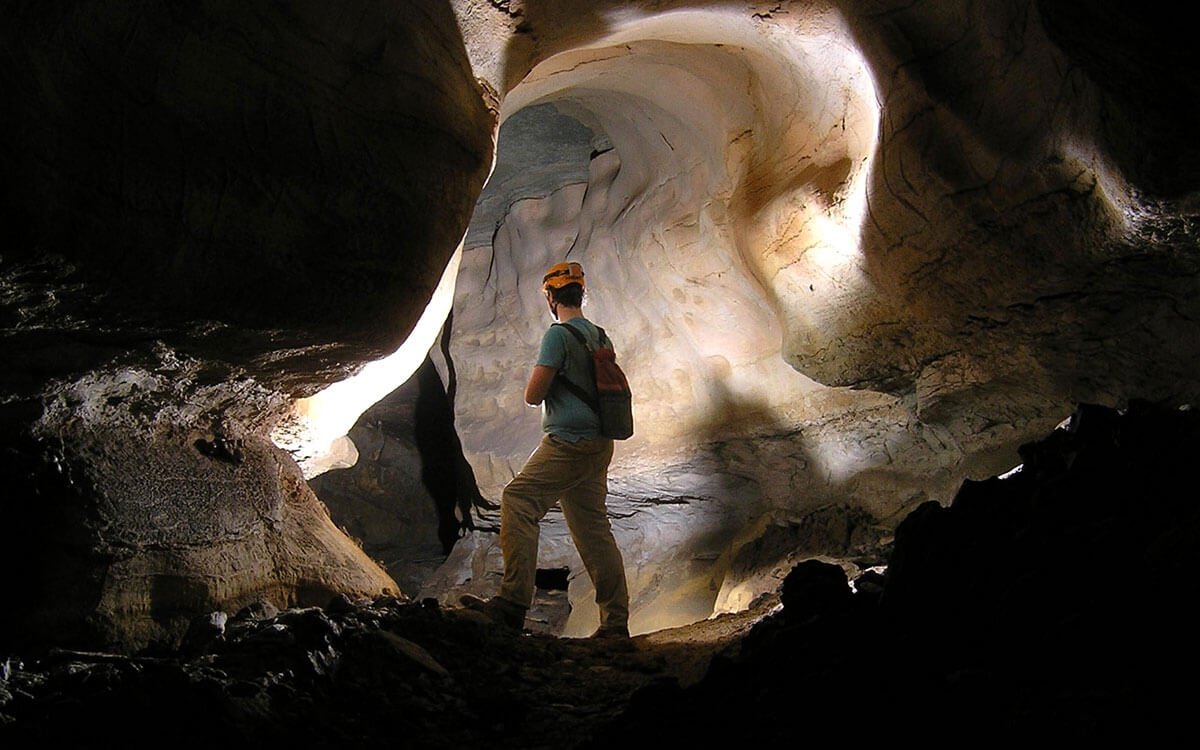Have you ever stepped inside a cave and wondered how it was formed? Caves are a very important part of our ecosystem and therefore it is very important for scientists to study and document the changes in karst and surrounding regions. April 7th is Geologist Day and we wanted to celebrate by taking a closer look at the making of caves and the science of below.
Solution caves are the most common of all caves. Three ingredients go into the making of a solution cave: rock, rainwater, and time. It takes a special kind of rock, one that can dissolve in water, before a cavern can be created. Gypsum, limestone, salt, and dolomite are 4 rock types that when exposed to running water over time can create tunnels, passages, and even large rooms in the earth below.

Rainwater is acidic but not enough to form a cave on its own. As the rainwater makes its way through the ground, it picks up carbon and ultimately turns into carbonic acid which is what actually carves away at the stone forming the voids in the earth below. Where do you think the carbon comes from? Plants. Decaying plants put off carbon into the soil and when mixed with rainwater becomes the catalyst for the making of a cave.
Caves can form vertically or horizontally. If the water flows straight down you get a pit cave and if it flows more in a circular fashion you will have a horizontal cave with long, winding passages like those inside Cumberland Caverns. In order to be classified as a cave on the Tennessee Cave Survey database, the dimensions must meet the minimum requirements of 50ft horizontally, 40ft vertically, or a pit depth of 30ft. With over 27 mapped miles of cave and rooms larger than Mammoth Caves, Cumberland Caverns well exceeds those limits.
While Cumberland Caverns is a dry cave, it was formed by two rivers running through the limestone thousands of years ago. Evidence of convergence of water can be witnessed in the Volcano Room and also by the fossils left behind embedded in the ceiling and walls in other parts of the cave.

We invite you to come, explore, discover, and experience the science of 333’ below. See for yourself how our cave was formed as our guides lead you on a magical journey through time and history where education meets adventure. Mom, your kids will thank you for making learning fun again, and who knows, you may be inspiring your own future Geologist!



